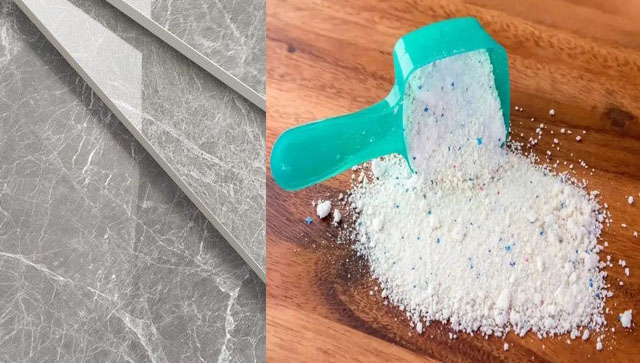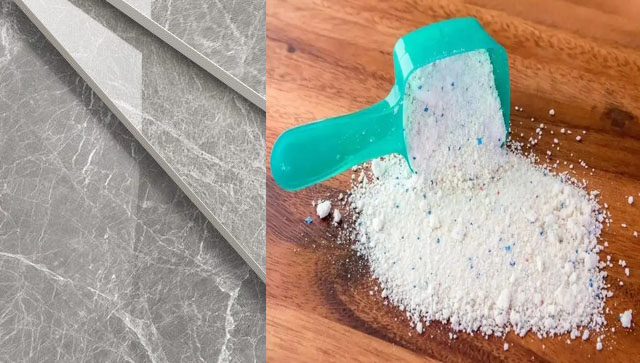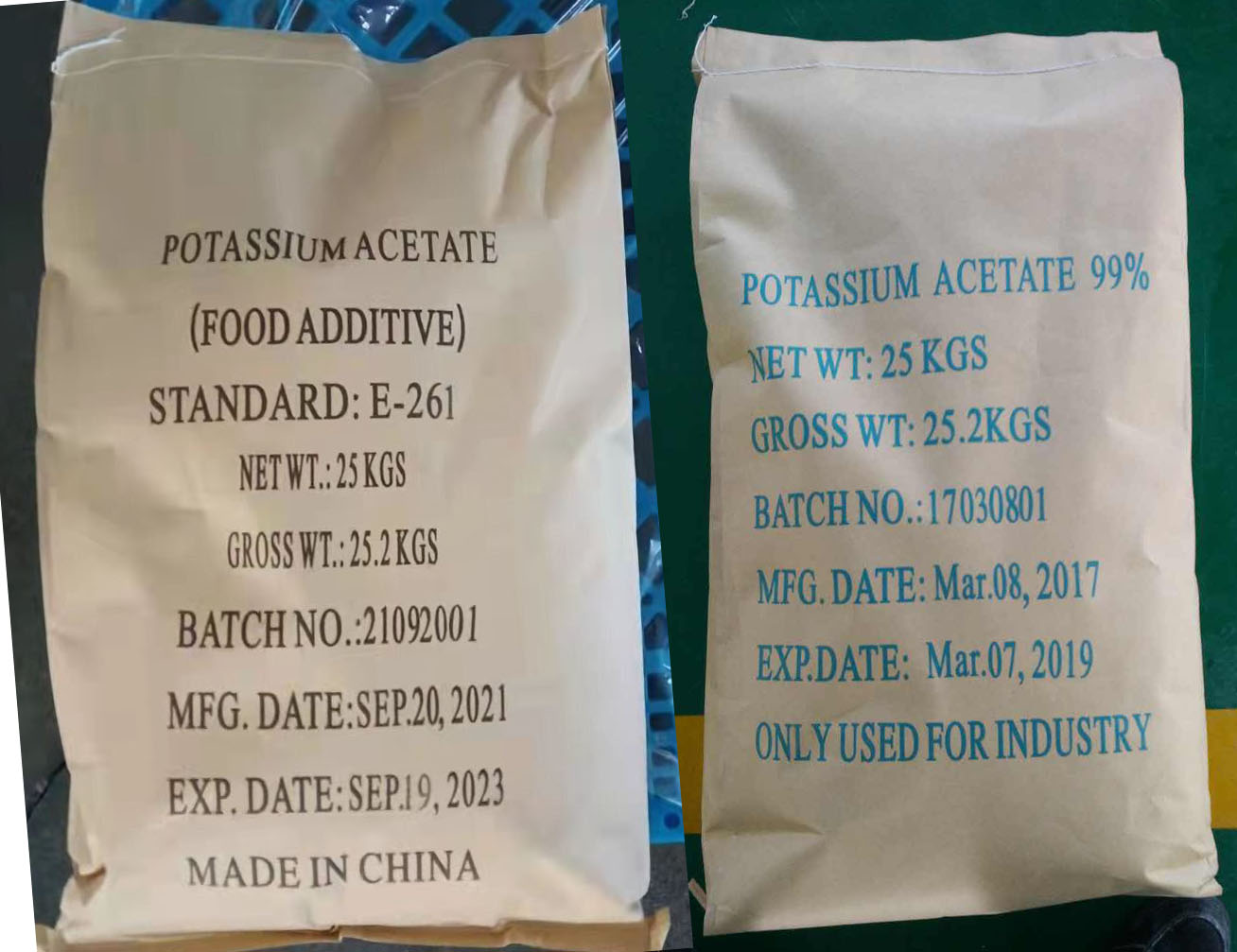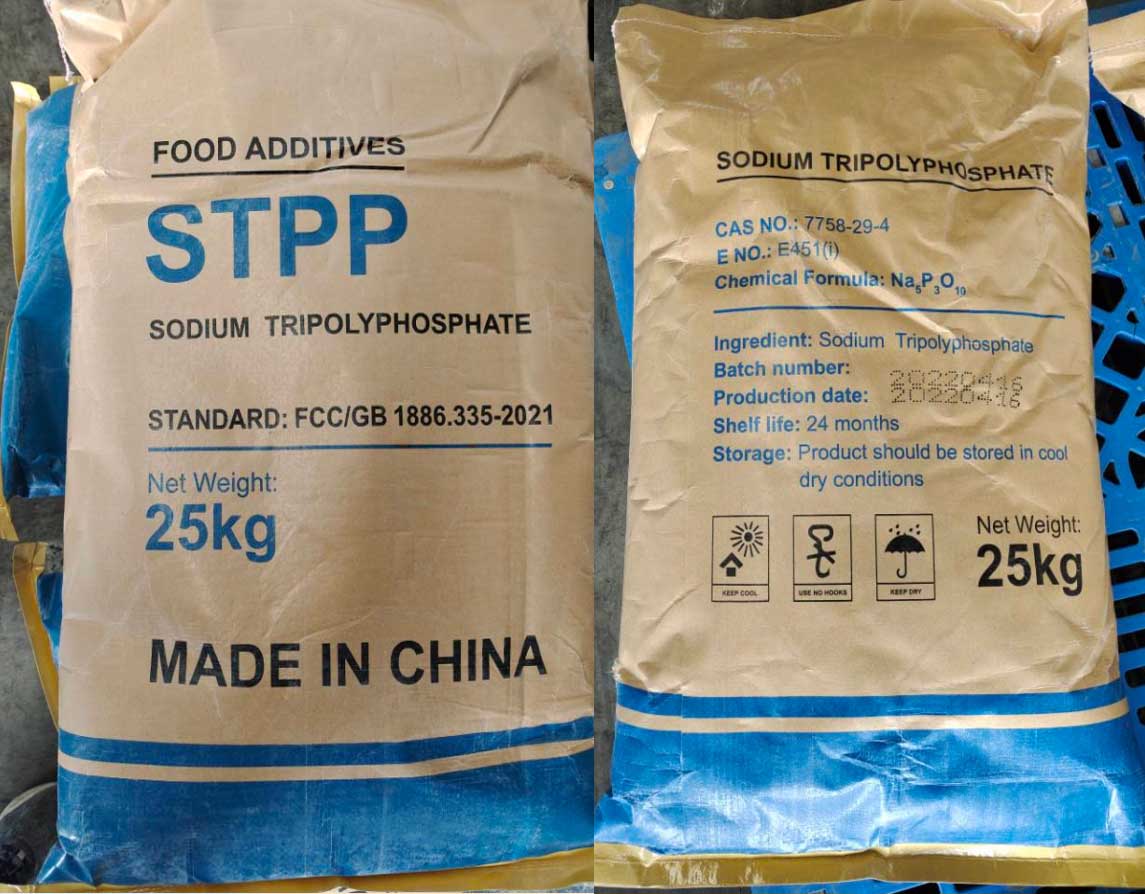Principles and Formulation of Laundry Detergent
1. Principles of Laundry Detergent
Laundry detergent works by removing dirt, grease, and stains from fabrics through a combination of chemical and physical actions. The key mechanisms involved in the cleaning process include:
1.1 Surfactant Action
Surfactants reduce the surface tension of water, allowing it to wet fabrics more effectively.
They break down oil and grease into small droplets, which can be washed away.
Common surfactants include Linear Alkylbenzene Sulfonate (LABSA) and Sodium Lauryl Ether Sulfate (SLES).
1.2 Water Softening
Hard water contains calcium (Ca²⁺) and magnesium (Mg²⁺) ions, which interfere with detergent performance.
Builders such as Sodium Tripolyphosphate (STPP) and Zeolites remove these ions, improving detergent efficiency.
1.3 Dirt Suspension and Prevention of Redeposition
After dirt is removed from fabric, it must be kept suspended in water to prevent redeposition.
STPP, sodium silicate, and carboxymethyl cellulose (CMC) help keep dirt particles in suspension.
1.4 Enzymatic Breakdown of Stains
Enzymes target specific stains:
Protease breaks down protein stains (e.g., blood, egg).
Amylase removes starch-based stains (e.g., sauces).
Lipase dissolves grease and oil stains.
1.5 Bleaching and Whitening
Sodium Percarbonate releases oxygen to remove stubborn stains.
Optical brighteners enhance the appearance of fabrics by absorbing UV light and reflecting blue light.
2. Formulation of Laundry Detergent
A typical laundry detergent powder consists of active ingredients that contribute to cleaning performance and fillers that improve flowability and reduce costs.
2.1 General Formula
| Component | Function | Percentage (%) |
|---|---|---|
| Surfactants | Removes grease and stains | 10 – 20% |
| Builders (e.g., STPP, Zeolite) | Softens water, enhances cleaning | 15 – 35% |
| Fillers (Sodium Sulfate, Sodium Chloride) | Adjusts bulk and texture | 20 – 40% |
| Bleaching Agents | Removes stains, whitens clothes | 5 – 15% |
| Enzymes | Breaks down specific stains | 1 – 5% |
| Optical Brighteners | Enhances fabric appearance | 0.1 – 1% |
| Fragrance & Colorants | Improves consumer appeal | 0.1 – 2% |
3. The Role of Sodium Tripolyphosphate (STPP) in Laundry Detergent
3.1 Water Softening (Chelating Effect)
STPP binds to calcium (Ca²⁺) and magnesium (Mg²⁺) ions in hard water, preventing soap scum formation.
This allows surfactants to work effectively, leading to better foaming and stain removal.
3.2 Dirt Suspension and Anti-Redeposition
STPP disperses dirt particles and keeps them suspended in water, preventing them from redepositing onto fabrics.
It works synergistically with sodium silicate and carboxymethyl cellulose (CMC) to enhance this effect.
3.3 pH Buffering and Stability Enhancement
Maintains an alkaline pH (~9–10.5), which enhances the effectiveness of surfactants and enzymes.
Stabilizes detergent formulations by preventing caking and clumping.
3.4 Granulation and Powder Flow Improvement
Reduces moisture absorption, ensuring that the detergent remains free-flowing and easy to handle.
3.5 Dosage of STPP in Laundry Detergent
High-performance detergents: 25% – 35%
Standard detergents: 15% – 30%
Low-phosphate or eco-friendly detergents: 5% – 15%
4. Conclusion
STPP is a key ingredient in laundry detergent, enhancing cleaning performance by softening water, dispersing dirt, and stabilizing the formulation.




